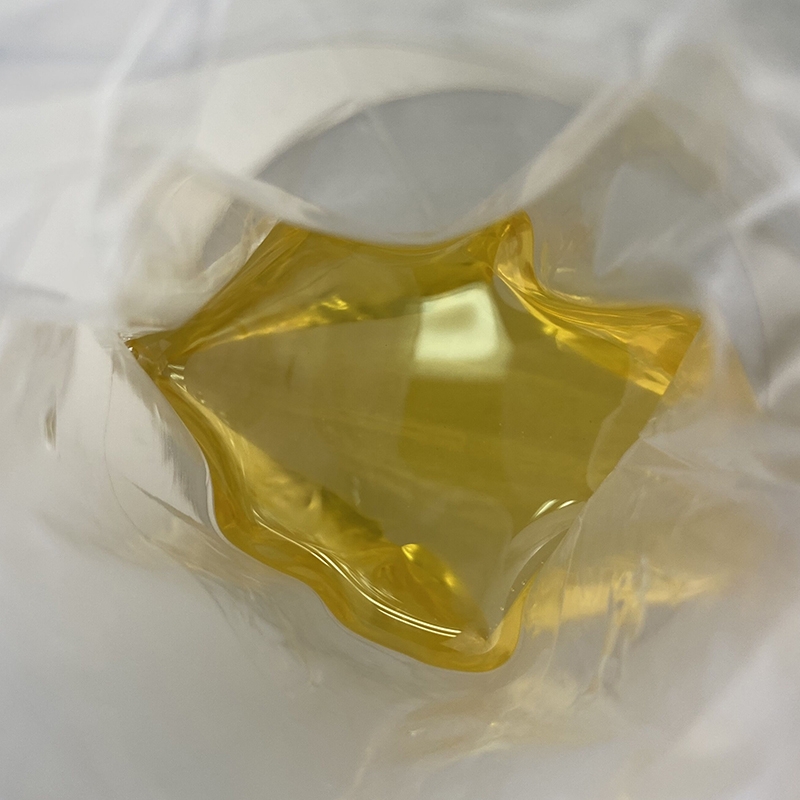-
Categories
-
Pharmaceutical Intermediates
-
Active Pharmaceutical Ingredients
-
Food Additives
- Industrial Coatings
- Agrochemicals
- Dyes and Pigments
- Surfactant
- Flavors and Fragrances
- Chemical Reagents
- Catalyst and Auxiliary
- Natural Products
- Inorganic Chemistry
-
Organic Chemistry
-
Biochemical Engineering
- Analytical Chemistry
- Cosmetic Ingredient
-
Pharmaceutical Intermediates
Promotion
ECHEMI Mall
Wholesale
Weekly Price
Exhibition
News
-
Trade Service
Image: Hayley Boigenzahn is a doctoral student
in the Department of Chemical and Biological Engineering at the University of Wisconsin-Madison.
Her investigation of the underlying environmental processes in the emergence of life on Earth was published in the December 2020 issue of
the journal The Origin of Life and the Evolution of the Biosphere.
150 years ago, Charles Darwin speculated that life may have originated in a small, warm pond
.
There, Darwin believed, chemical reactions and strange lightning may have contributed to the formation of amino acid chains, which became increasingly complex over time until the origin
of life.
Since then, researchers have been studying this pre-life or "pre-life" chemistry, trying to figure out chemical pathways
from pools full of simple amino acids to bacteria, sequoia trees, and humans.
After a series of experiments, the researchers could explain how one of the potentially crucial early steps on life's path happened
.
They published their findings in the December 2022 issue of the journal the origin of life and the evolution of the biosphere.
In a famous 1952 study called the Miller-Urey experiment, researchers simulated conditions thought to exist on Earth before the origin of life, including a certain percentage of water, methane, hydrogen, and other elements
.
When using electricity to simulate lightning, the researchers found that the reaction produced amino acids, suggesting that these molecules were widely present on Earth
before the origin of life.
"We know that amino acids are the building blocks of proteins, and proteins are essential
for life.
" "In chemistry before the origin of life, it has long been a question of how can we get these things to form bond chords
in a way that could eventually lead to living cells.
This question is difficult to answer because the specific chemicals involved tend to fail
in the presence of water.
”
In her experiments, Boigenzahn investigated whether it was possible for these amino acids to clump together during environmental changes—for example, when
a pool of water evaporated.
In the presence of a chemical activator, these amino acids can be combined to form peptides, or short chains
of amino acids.
To study how amino acids form bonds during drying, Boigenzahn created a solution of the amino acid glycine and trimethylphosphate, an activator
naturally produced during volcanic processes.
Evaporating the solution with a heater, Boigenzahn observed the change
in amino acids over a 24-hour period.
She discovered a two-stage process
.
In the first stage, when the pH of the solution is alkaline, glycine binds into two molecules called dimers, which also produce protons, making the pH of the solution neutral
.
In the second stage, as evaporation occurs, the dimers begin to bind together to form longer peptide chains called oligoglycinates
.
It's easy to imagine a scenario where in a volcanic-like warm hot spring, amino acids containing activators are first combined into dimers
.
Then, as the water evaporates and the chemical properties change, the dimer combines and begins to form longer chains
of amino acids.
"What we're showing here is that in all the responses, it doesn't have to be in
the same context.
" "They can happen in different contexts, as long as the reaction that is happening helps create an environment that is beneficial for the next step
.
"
After multiple wet-dry cycles, peptide chains may become longer and longer
.
Eventually, they may begin to fold themselves, forming enzymes or proteins
that catalyze chemical reactions.
This may have laid the groundwork
for more complex proteins and the onset of metabolism.
Both Boigenzahn and Yin say it will take researchers a long time to find a possible path
from Darwin's warm little pond to the origin of life.
But, especially for chemical engineers, efforts to study the chemistry of the origin of life can be very rewarding
.
"If you really understand this chemistry, which is different from traditional biology, you may end up creating chemical systems that can store information, adapt and evolve, and DNA stores information thousands of times
denser than computer chips.
" If we can get the system to do this without necessarily being a living cell, then you can start thinking about all kinds of new functions and processes
happening at the molecular level.
”







